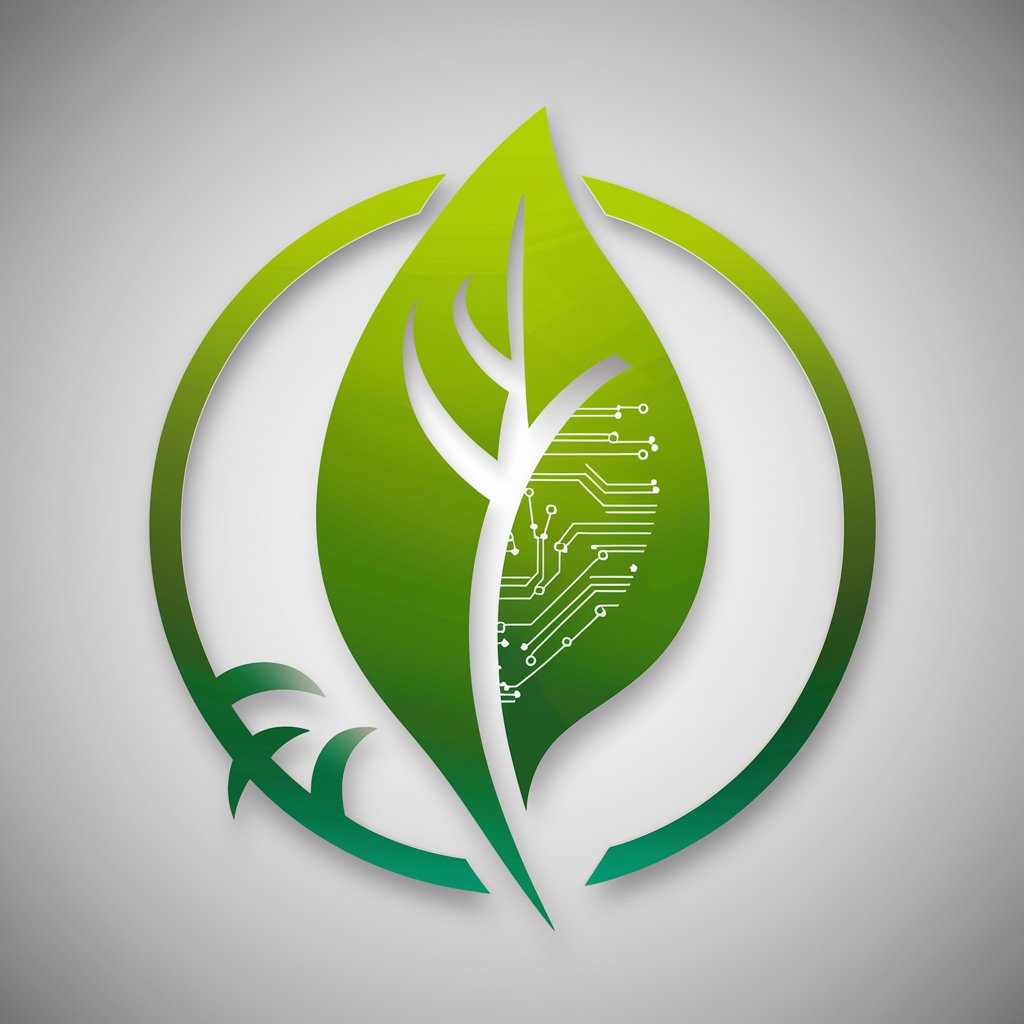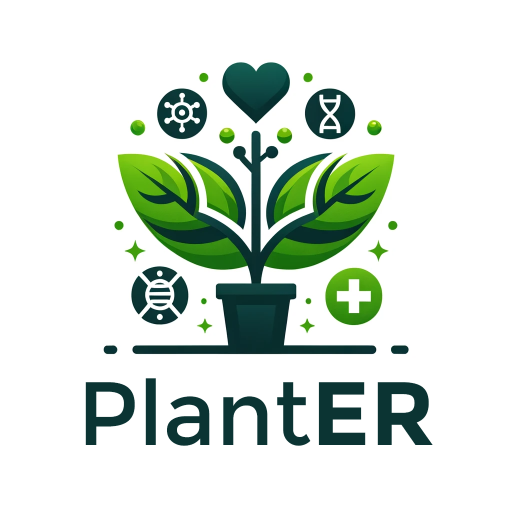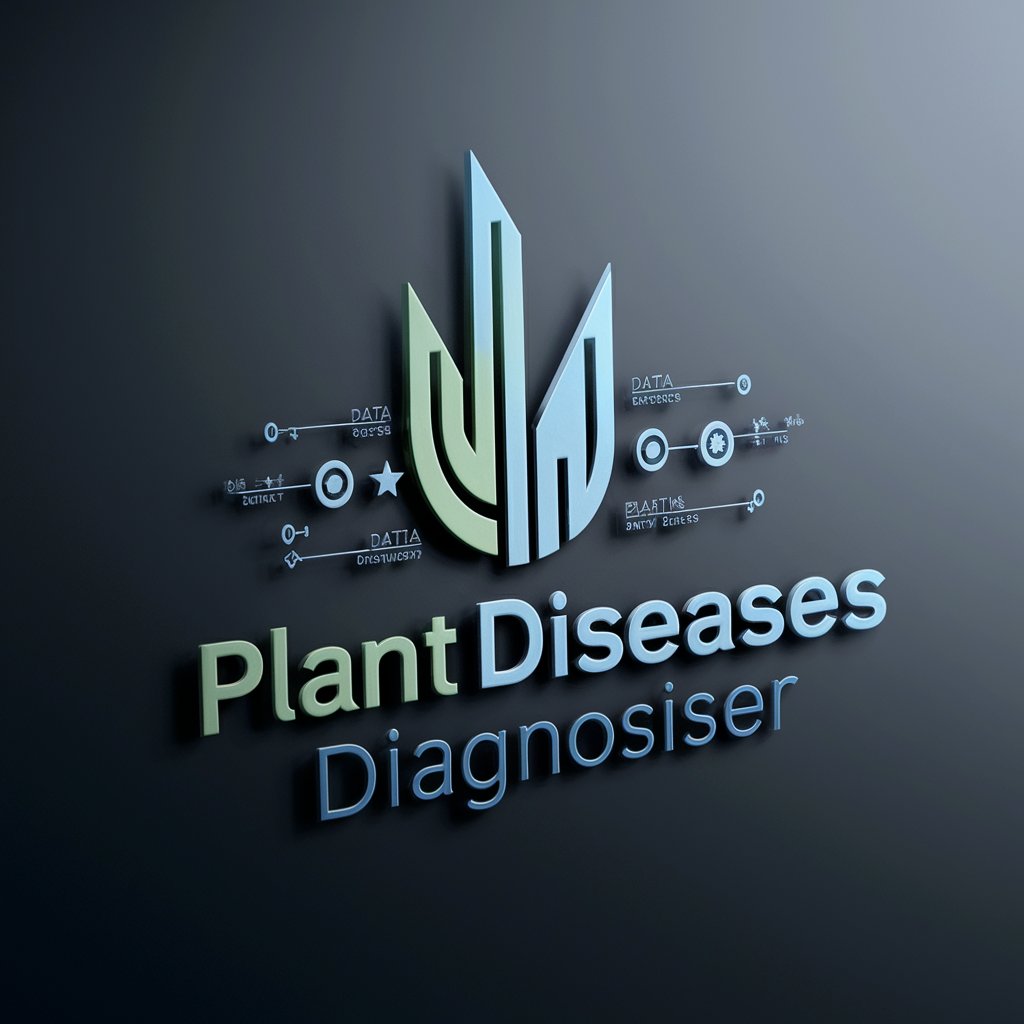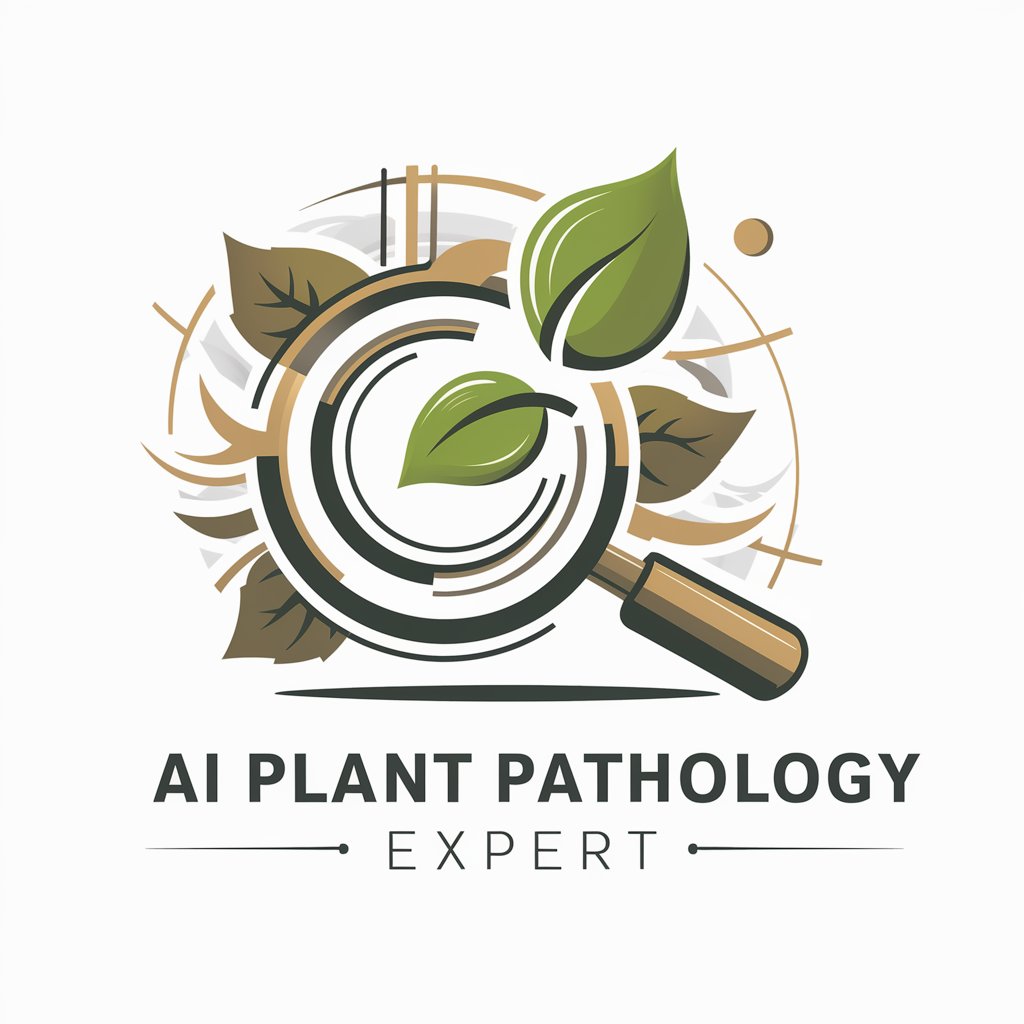
Plant Disease Identifier - Plant Health Analysis
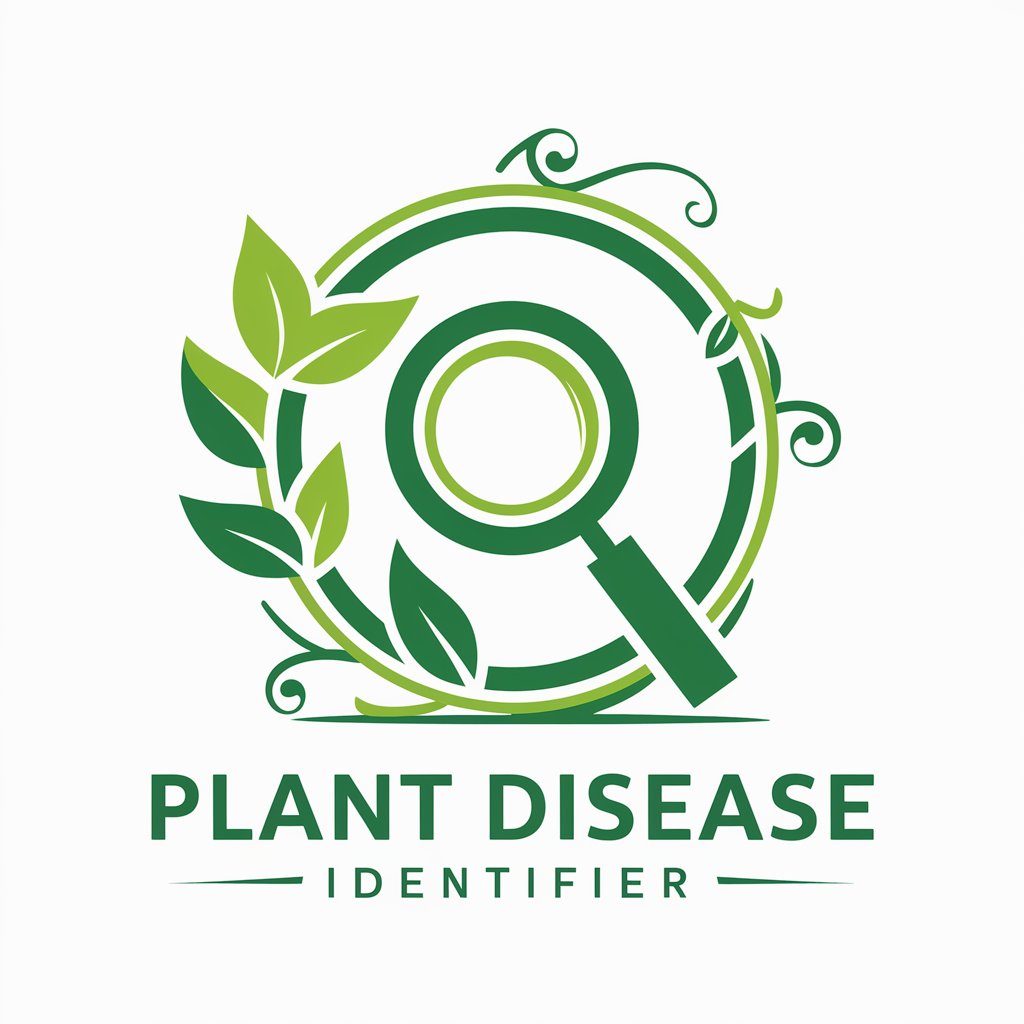
Hello! How can I assist with your plant care today?
AI-powered Plant Disease Diagnosis
How can I identify diseases on my tomato plants?
What's causing the yellow spots on my rose leaves?
Can you suggest organic treatments for powdery mildew?
How do I care for my indoor succulents?
Get Embed Code
Overview of Plant Disease Identifier
The Plant Disease Identifier is a specialized digital assistant crafted to serve gardeners, farmers, and plant enthusiasts by diagnosing and treating plant diseases through image analysis. It leverages advanced algorithms to assess images of affected plants provided by users, identifying signs of disease or pest infestations. The design purpose centers on offering precise, actionable advice for combating plant health issues, aiming to enhance plant care practices across various gardening and agricultural contexts. For instance, a user might upload a photo of tomato leaves with unusual spots. The Identifier would analyze these spots to diagnose a common disease, such as early blight, and suggest specific organic treatments or cultural practices to mitigate the disease's spread. Powered by ChatGPT-4o。

Core Functions of Plant Disease Identifier
Image Analysis and Disease Diagnosis
Example
Analyzing an image of rose leaves with powdery mildew.
Scenario
A hobbyist gardener notices a white, powdery substance on their rose leaves and uploads a photo for diagnosis. The Identifier recognizes the symptoms of powdery mildew and confirms the diagnosis, providing a foundation for effective treatment.
Treatment Suggestions
Example
Recommending neem oil for aphid control.
Scenario
Upon identifying aphids on a submitted image of pepper plants, the Identifier suggests applying neem oil as an organic treatment to control the aphid population without harming beneficial insects or the environment.
General Plant Care Advice
Example
Advising on optimal watering practices for succulents.
Scenario
A user queries about caring for their succulents, especially in avoiding overwatering. The Identifier provides detailed advice on the signs of overwatering and recommends a watering schedule tailored to succulents' needs.
Target Users of Plant Disease Identifier
Gardeners and Plant Enthusiasts
Individuals passionate about maintaining their home gardens or indoor plants, seeking to quickly identify and address plant health issues. They benefit from instant diagnoses and treatment suggestions, enhancing their plant care skills.
Professional Farmers
Farmers who manage larger scale agricultural operations and require efficient solutions to protect their crops from diseases and pests. Access to rapid, accurate disease identification helps in implementing timely interventions, thus safeguarding yields.
Educational Institutions
Schools and universities with courses in botany, horticulture, or agriculture, where students can use the Identifier for practical learning about plant diseases, pest management, and sustainable gardening practices.

How to Use Plant Disease Identifier
Start Your Journey
Access the Plant Disease Identifier easily by visiting yeschat.ai for a no-cost trial, no login or ChatGPT Plus subscription required.
Upload Your Image
Capture and upload a clear, well-lit photo of the plant or leaf showing symptoms of disease or pest damage.
Provide Details
Offer any additional information about the plant, such as species, recent changes in care, or environmental conditions, to aid in accurate diagnosis.
Receive Diagnosis
The AI analyzes the image and context to diagnose the most likely disease or pest affecting your plant.
Follow Recommendations
Get tailored treatment suggestions and follow the guided steps to help your plant recover. Revisit for follow-up analysis if needed.
Try other advanced and practical GPTs
CSS Code Helper
Empowering CSS Development with AI

cover letter templates
Craft tailored cover letters with AI

Luna
Bringing Your Ideas to Life with AI

Spreadsheet Sidekick
Empower your data with AI-driven spreadsheet guidance.

Poem on Demand
Bringing poetry to life with AI

GPT Prompt Composer
Inspiring writers with AI-powered prompts

Is This A Scam?
Empowering scam detection with AI

Aurora
Empowering Decisions with AI Insight

해외영업 직무소개 (제조업, B2B)
Empower Your Overseas Sales Strategy

Corporate Translator GPT
Transforming raw thoughts into professional dialogue.

Mini Saurus Creator
Bringing your dinosaur ideas to life with AI.
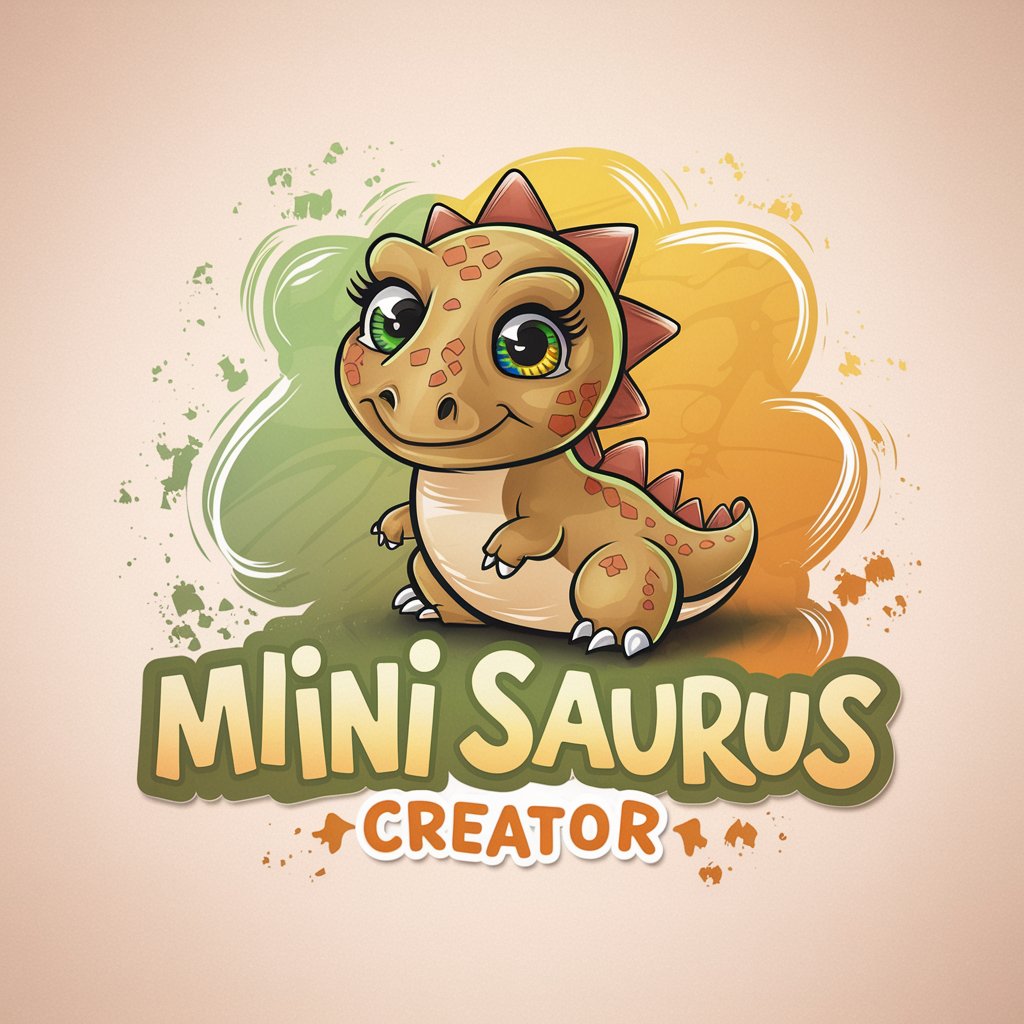
AML Guide UK
Streamlining AML Compliance with AI

FAQs About Plant Disease Identifier
What types of diseases can the Plant Disease Identifier detect?
It can identify a wide range of common plant diseases and pests, including fungal infections, bacterial diseases, viral diseases, and infestations by insects or mites.
How accurate is the diagnosis provided by this tool?
While highly effective in identifying common plant issues, accuracy can depend on image quality and the specificity of information provided. It's advised to consult a professional for uncertain or severe cases.
Can this tool also advise on general plant care?
Yes, beyond disease diagnosis, it offers advice on plant health, growth, and maintenance, tailored to the specific needs of your plant species.
Is the Plant Disease Identifier environmentally friendly?
Absolutely, it promotes sustainable gardening practices, favoring organic and non-toxic treatment options whenever possible.
How often should I use this tool for monitoring plant health?
Regular use is encouraged for early detection of issues, especially when plants show symptoms of distress or after changes in their care routine.
